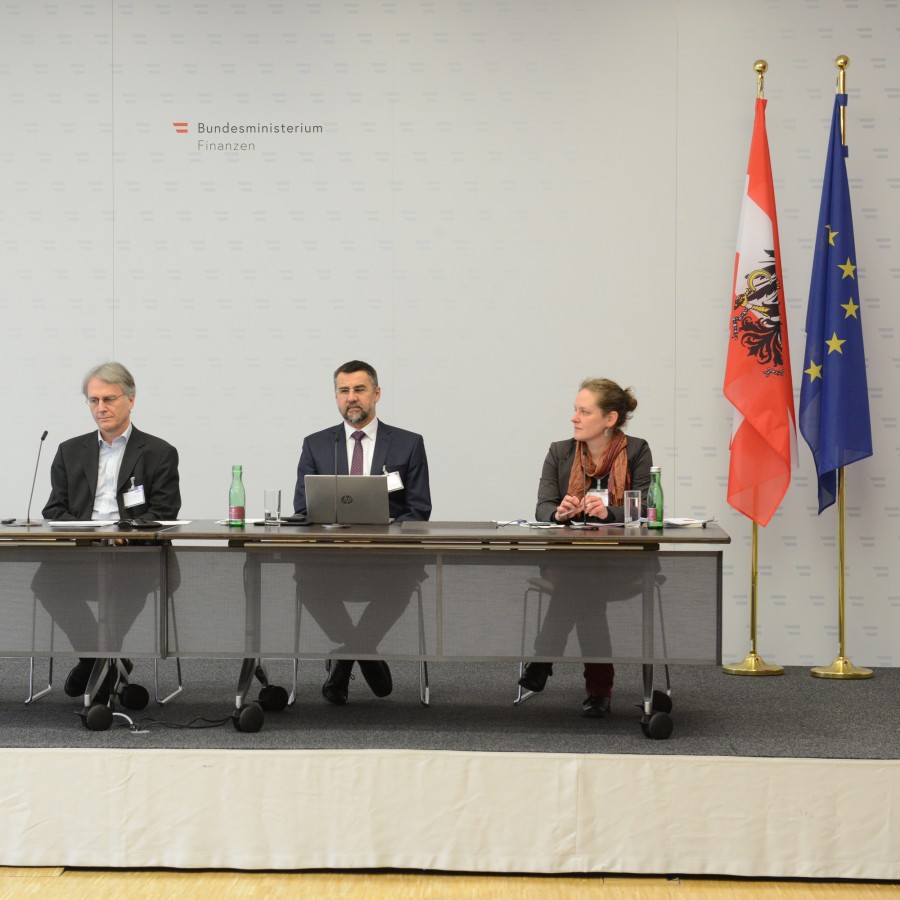Furthermore, Gerhard Fenz (OeNB) presented the "Weekly GDP Indicator" developed by the Oesterreichische Nationalbank. Susanne Forstner (IHS) offered research insights on how people's economic behaviour changed during the pandemic.
The extremely rapid and deep COVID-19 crisis made it necessary to develop new indicators for assessing the current economic situation as of mid-March 2020, since the usual (official monthly or quarterly) data are available at best with a delay of a few weeks, but sometimes even after three months (Quarterly National Accounts). Thus, these standard indicators are available too late and too infrequently (once a month or quarter) to be useful for a timely crisis assessment and management as well as to provide economic policy advice. The outcome of WIFO's efforts to tackle this issue is the Weekly WIFO Economic Index (WWWI), which is based on timely and electronically available (non standardised) high-frequency economic information.
In his presentation on the WWWI for GDP, Josef Baumgartner focused primarily on the current extensions and further developments of these analytical tools, which were jointly developed with Sandra Bilek-Steindl, Christian Glocker and Serguei Kaniovski. "For the assessment of the economic consequences of the COVID-19 pandemic, a frequent and timely monitoring not only of GDP, but also of its aggregate demand components as well as its different production sectors, in particular those particularly affected by the pandemic or the measures taken to condemn it, is needed."
In two projects funded by the BMF, high-frequency time series are used in a mixed frequency approach (daily, weekly, monthly data) to estimate weekly GDP indicators. Variables such as electric power consumption and pollution emissions, air traffic, cargo transport on road (truck traffic on highways) and railway, labour market data, credit card transactions and bank transfers, hotel booking data, Google search inquiries and Google mobility data are included in the nowcasting of WWWI for GDP as well as for 14 national accounts sub-aggregates of the demand and production side. In addition, mobile phone data on customer flows in ten inner-city shopping streets and roaming information are used for nowcasting retail sales and foreign tourists' overnight stays.
The presentation slides of Josef Baumgartner can be found here.


